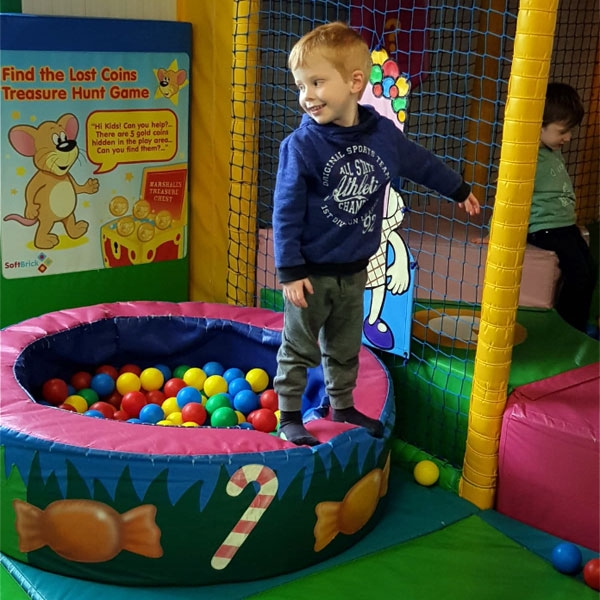Coming in for a soft landing
11/04/23

Soft play refers to an indoor play area designed for young children, usually from ages three to nine. Parents can generally allow their children to play unaccompanied, secure in the knowledge that the play area has been designed for small children to play in safely. The soft surfaces and use of netting around obstacles mitigates against injury, and the surfaces are easy to clean, meaning that germs are less likely to be spread.
However, soft play areas aren’t only good for allowing your young charge to let off steam and have fun, they are also designed to help children develop their creativity, decision making skills and hand-eye coordination through independent play with other children.
Independent play
As children can play unaccompanied in soft play areas, it is also a great opportunity for them to have fun and develop their confidence, while socialising with other children. All the while, still being in sight of their parent – for both the parent’s and the child’s peace of mind. The opportunity to spend time with other children is crucial to a child’s social development, giving them the opportunity to meet a variety of children from different backgrounds and with different personalities.
Imagination is key
Children naturally interact through play. How many times have you seen children involve each other in games, even when they don’t already know each other? Play is natural and intuitive. Soft play areas can provide a platform for children to let their imaginations run riot on, creating all sorts of exciting new worlds. Encouraging children to develop a creative and intuitive personality early on, provides an outlet for stress and an opportunity to learn how to react positively to their environment.
Motoring on
Hand-eye coordination and fine motor skills improve naturally as we get older. However, through play, children will improve their fine motor skills early on – benefiting their play and their daily tasks. Soft play helps children to gain a comprehension between the relationship of items and hand-eye coordination. It also helps with communication. Children can learn to describe what they are doing and label actions such as 'pull' or 'push' or even learn the names of different textures such as 'rough,' 'soft' and 'smooth' with the use of soft play equipment.
Here at Ace Play Ltd, we are passionate about creating inspiring play areas for children all over the UK. If you would like to know more about our soft indoor play areas – or our outdoor playgrounds – please contact us here.







